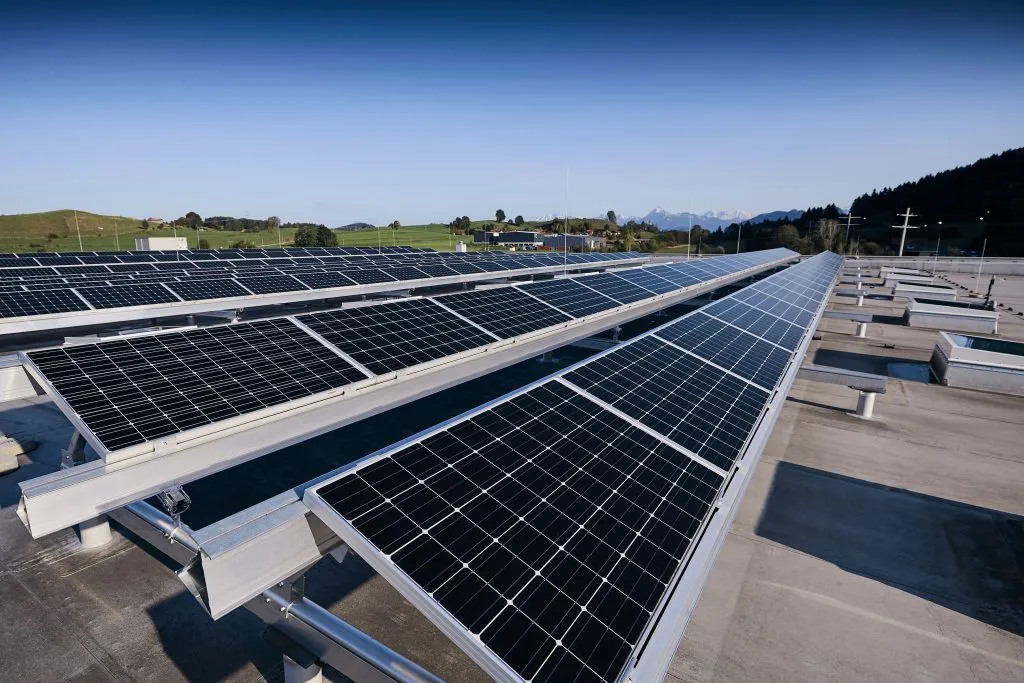Whether you’re building an adjustable standing desk, automating a hidden TV lift, or tweaking your off-grid solar setup, mounting linear actuators properly can make or break your project. And let’s be real – nothing’s more frustrating than realizing your actuator is misaligned or not secure after hours of assembly.
That’s why choosing the right linear actuator mounting brackets matters just as much as selecting the actuator itself. So if you’re diving into your next DIY actuator setup, knowing how to pick and use the right actuator brackets is key. Let’s break it down into the essentials: mounting tips, bracket types, common mistakes, and some real-life DIY examples that might spark your next big idea.
Mounting Tips: Start Smart, Finish Strong
The foundation of any actuator project is solid mounting. Here are a few simple, yet often overlooked, tips that make a big difference:
Plan for Movement
Linear actuators extend and retract, which means the mounting points need to allow a certain amount of rotation. That’s why most actuator brackets are designed to pivot. Before you drill or screw anything in, test the movement range to avoid jamming or stress on the actuator.
Stick to Alignment Basics
You want your actuator and load to move along the same axis. If they’re misaligned, you’ll wear out the actuator faster — or worse, break it altogether. Always double-check that the direction of motion lines up cleanly.
Use Locking Hardware
If your setup is subject to vibration (like in vehicles, robotics arms, or outdoor furniture), locking nuts, washers, or even threadlocker can help keep the brackets and bolts in place over time.
Mind Your Load
Not all brackets are built to carry the same weight. If you’re lifting a 60 lb load but using a bracket rated for 30 lbs, you’ll get flex or failure. Always match the load specs of the actuator and bracket to your application.
Bracket Types: What to Use and When
Let’s talk about the kinds of actuator brackets out there and what they’re best suited for. Choosing the right one can save you a lot of trial and error.
1. Clevis Brackets
These are the most common and versatile. They allow the actuator to pivot as it moves, which reduces stress on the motor and shaft. Clevis brackets are perfect for most adjustable mechanisms like desk lifts or cabinet openers.
2. Mounting Plates
If you need a fixed and flush base, mounting plates are ideal. They’re usually flat with pre-drilled holes and keep the actuator steady. Great for vertical setups or when you’re mounting to a wall or rigid frame.
3. L-Shaped Brackets
These provide 90-degree support, helpful when you’re working with corners or need to mount across surfaces. Think of recliners, trapdoors, or customized furniture projects.
4. Heavy-Duty Hinged Brackets
Used for high-load applications like industrial machines or heavy equipment. These brackets often include built-in bearings to support heavier, more complex motion.
5. Quick-Release Brackets
When you need to take apart your system regularly, for repairs, updates, or seasonal changes, quick-release options make life easier. Just make sure they’re still sturdy enough for your load.
Common Errors and How to Avoid Them
Even experienced DIYers can slip up when working with actuators, especially during mounting. One of the most common mistakes is mounting the actuator too rigidly. It’s easy to forget that actuators aren’t just static pieces, they need room to pivot slightly as they move. Without that flexibility, stress builds up on the internal gears, which can shorten the actuator’s lifespan. Unless you’re working with a model specifically built for fixed mounting, always allow some degree of movement in the setup.
Another frequent misstep is using whatever screws or bolts are close at hand. It might seem like a small thing, but mismatched or low-quality fasteners can lead to poor alignment or even bracket slippage under load. It’s always safer to use the hardware recommended by the actuator or bracket manufacturer to ensure everything holds firm over time.
There’s also the issue of forgetting about the actuator’s full stroke length. It’s not enough to measure just the resting position, you’ve got to plan for both the fully extended and fully retracted positions. If you skip this step, you risk overextending the unit or jamming it mid-motion, which can lead to mechanical failure.
And finally, environmental factors can’t be ignored, especially for outdoor projects. Brackets that work fine indoors may corrode or break down when exposed to rain, snow, or salt air. For outdoor or marine applications, it’s always best to go with stainless steel or corrosion-resistant aluminum brackets. Using the wrong materials can cost you more in the long run than just picking the right ones from the start.
DIY Examples to Inspire You
Let’s wrap things up with a few projects where people nailed their DIY actuator setup, sometimes literally.
Hidden TV Lift Cabinet
One enthusiast used a clevis bracket on each end of a small linear actuator to lift a flat-screen TV from a media cabinet. The trick was adding soft-close drawer slides to guide the motion and prevent wobble.
Adjustable Reclining Chair
A custom-built recliner used L-shaped brackets to mount the actuator beneath the seat. The builder added limit switches to stop movement at full recline, no accidental overextension.
ATV Snow Plow Angle Adjuster
Using heavy-duty hinged brackets, one clever DIYer added a linear actuator to change the angle of their ATV’s snow plow blade from side to side — without leaving the driver’s seat.
Solar Panel Tilt System
For a small off-grid setup, a maker used stainless steel clevis brackets on a solar panel frame. The actuator adjusted the tilt angle based on seasonal sun position, helping maximize energy collection.
Each of these examples shows just how versatile and practical linear actuators, and the right brackets, can be when used creatively. With a little planning and the right gear, your setup will be solid, smooth, and satisfying.
